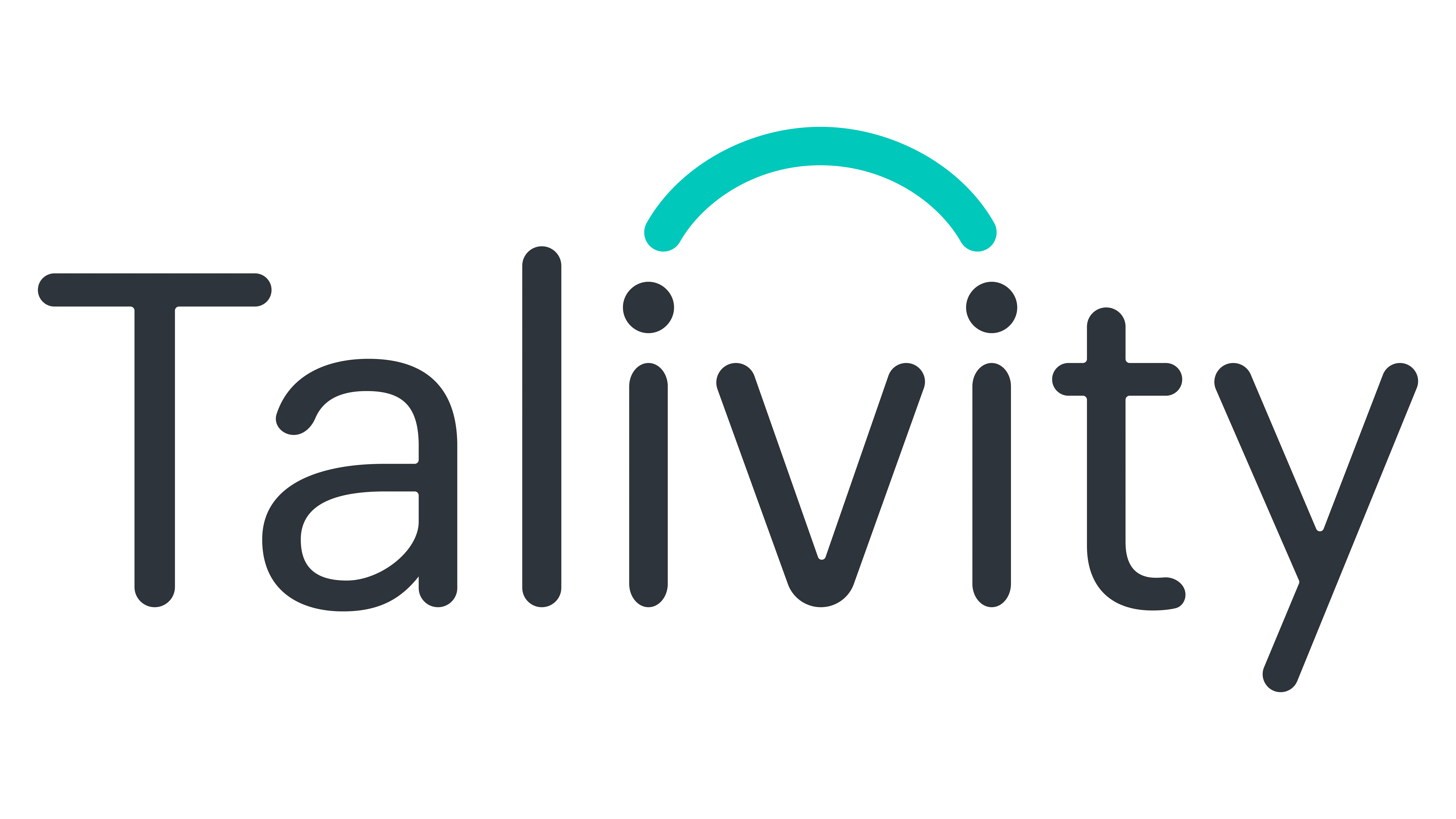Find the right solution for your business.
Explore SolutionsTo stay up to date with top industry news and stories like the the December jobs report and Talent Market Index, subscribe to our newsletter here. It’s free!
The labor market wrapped up the year with a mix of surprises and challenges, setting the stage for what recruiters and HR leaders can expect in 2025. The December jobs report showed robust hiring, with 256,000 jobs added and unemployment dipping to 4.1%. Meanwhile, the latest Recruitics Talent Market Index highlighted the rising costs of attracting talent, offering a more granular look at demand across key sectors.
While traditional metrics like job growth and unemployment rates provide a broad overview, deeper insights—such as the rising costs of recruitment—paint a more intricate picture. These trends are more than just numbers—they show the shifting priorities, emerging opportunities, and the pressing need for adaptive hiring strategies.
This is the moment to reassess and recalibrate for the year ahead. Let’s break down what the December labor market reveals about the road ahead—and how you can stay ahead of the curve.
December Jobs Report: The Labor Market’s Strengths and Strains
December saw the U.S. economy add 256,000 jobs, with unemployment dropping to 4.1%. Key sectors like healthcare, leisure and hospitality, and retail showcased strong hiring trends, but the nuances tell a deeper story.
- Healthcare added 69,500 jobs, leading the charge in nonfarm payroll growth. However, the TMI revealed a 4.62% decline in recruitment costs for the sector, suggesting a steady but challenging supply of talent.
- Leisure and Hospitality added 43,000 jobs. The Talent Market Index showed a 92% spike in recruitment costs month-over-month, driven by seasonal travel and winter leisure demand.
- Retail, on the other hand, presented a contradiction—the sector lost 28,000 jobs in November, but recruitment costs soared by 69% month-over-month. This reflects the ongoing demand for logistics roles tied to e-commerce growth rather than traditional in-store retail hires.
- These numbers illustrate a core challenge for recruiters—aligning hiring strategies with shifting talent demands and market realities.
Recruitment Costs Signal Demand
The Talent Market Index gives a more nuanced view of talent acquisition by tracking the cost of attracting candidates through paid advertising. Unlike job posting volume, this metric directly reflects employer demand.
Sector Highlights
- Hospitality: A 264% year-over-year increase in recruitment costs points to fierce competition for seasonal roles.
- Healthcare: Despite consistent job growth, declining costs suggest hiring stabilization, signaling opportunities to shift focus to retention strategies.
- Retail and Logistics: The e-commerce boom continues to dominate, with logistics and fulfillment roles driving up recruitment costs by nearly 9% month-over-month.
Why Recruitment Costs Matter
High recruitment costs don’t just signal demand—they highlight inefficiencies in talent acquisition. For example, retail’s rising costs amid declining job numbers suggest a misalignment between workforce needs and hiring practices. Addressing these inefficiencies requires sharper targeting and a focus on digital-first recruitment strategies.
Key Insights for Recruiters and HR Leaders
1. Embrace Sector-Specific Strategies
The healthcare sector’s steady demand contrasts with the explosive, seasonal hiring spikes in hospitality and retail logistics. Tailoring recruitment strategies to these dynamics can yield better results. In healthcare, focus on retention and internal mobility. In hospitality, invest in employer branding to stand out during peak hiring periods.
2. Adapt to Evolving Consumer and Workforce Trends
E-commerce continues to reshape the labor market, particularly in retail and logistics. Recruiters must prioritize logistics roles earlier in the hiring cycle, leveraging data to anticipate spikes in demand.
3. Leverage Predictive Hiring Data
The Talent Market Index provides critical predictive insights. HR leaders should incorporate this data into workforce planning to allocate budgets more effectively and avoid overspending during seasonal surges.
4. Focus on Recruitment ROI
Recruitment marketing strategies must deliver measurable results. Use cost-per-hire metrics to evaluate the effectiveness of your campaigns, particularly in sectors where recruitment costs are surging.
The Takeaway: Data-Driven Recruitment Is the Future
Traditional metrics like job growth and unemployment rates are essential, but they’re only part of the story. Adding real-time insights from tools like the Talent Market Index gives recruiters a competitive edge.
As we move forward, HR leaders must balance short-term hiring needs with long-term workforce stability. By integrating market data, refining strategies, and focusing on ROI, talent acquisition can remain agile in the face of shifting demands.
With decades of recruitment experience, I’ve seen the labor market evolve through booms, recessions, and technological disruptions. The common thread? Those who adapt to data and embrace change thrive. Let this be your guide to navigating the complexities of today’s labor market and building a workforce for the future.


